Intel unveils Arc brand with new GPUs arriving in 2022
The first hardware generation, nicknamed Alchemist, will be based on the Xe microarchitecture
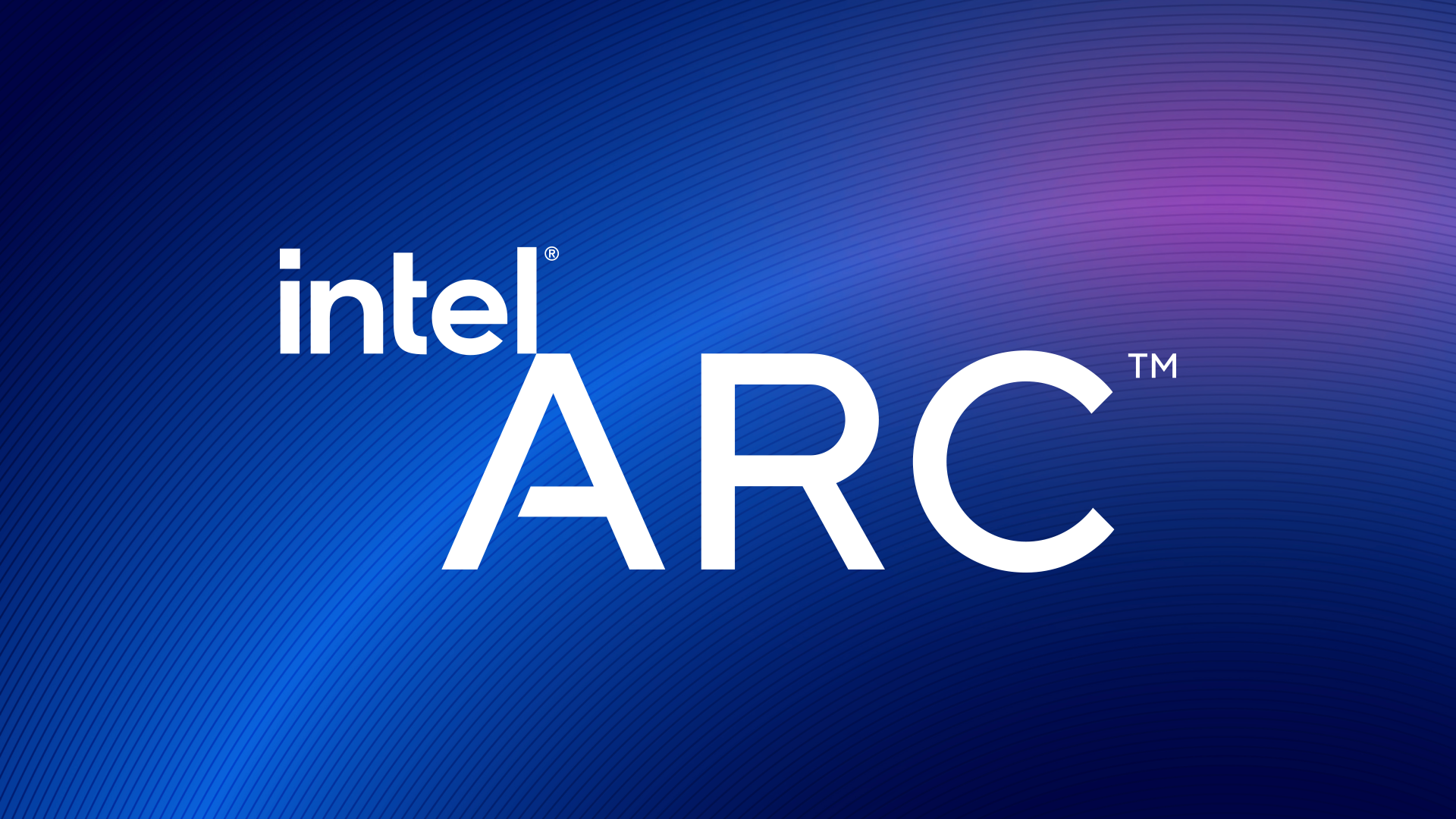

Intel has unveiled the Arc brand of graphics-based hardware and software products that are set to launch next year with a new line of GPUs set to be embedded in consumer-oriented products.
Intel Arc includes hardware, software and services, and will span multiple hardware generations starting with Alchemist, formerly known as DG2, which will be based on the Xe HPG microarchitecture.
Alchemist, set to be launched in products in the first quarter of 2022, will then be followed by Battlemage, Celestial and Druid. These chips, falling under the Intel Arc brand, will succeed the first Xe-based discrete GPU known as DG1, which launched at the start of 2020.
“Today marks a key moment in the graphics journey we started just a few years ago,” said Intel’s vice president and general manager of Client Graphics Products and Solutions, Roger Chandler.
“The launch of the Intel Arc brand and the reveal of future hardware generations signifies Intel’s deep and continued commitment to gamers and creators everywhere.
“We have teams doing incredible work to ensure we deliver first-class and frictionless experiences when these products are available early next year.”
Intel Xe is a scalable graphics and computing architecture designed to deliver high performance and functionality than previous generations of GPUs across various products. These range from data centres to supercomputers and include both integrated and discrete graphics.
Get the ITPro daily newsletter
Sign up today and you will receive a free copy of our Future Focus 2025 report - the leading guidance on AI, cybersecurity and other IT challenges as per 700+ senior executives
RELATED RESOURCE

How to maximise the value of your data and apps with IaaS
Free yourself from infrastructure complexity
Intel Arc products will be based on the Xe HPG microarchitecture, which is an amalgamation of the company’s Xe LP, HP and HPC technologies.
Alchemist features hardware-based ray tracing and AI-driven super sampling, in addition to full support for DirectX 12 Ultimate.
Future generations of Intel Arc GPUs will include additional features and support for complementary technologies, although the firm isn’t revealing any more details until later this year.
The company has recently embarked on a change in direction following a turbulent 2020 in which hardware standards slipped and companies like Nvidia and AMD boosted their respective reputations.
While Nvidia pipped Intel to become the most valuable US chipmaker, AMD has targeted the firm directly with a host of competing products for data centres and business laptops. The firm has also made major advances on its microarchitecture technologies.

Keumars Afifi-Sabet is a writer and editor that specialises in public sector, cyber security, and cloud computing. He first joined ITPro as a staff writer in April 2018 and eventually became its Features Editor. Although a regular contributor to other tech sites in the past, these days you will find Keumars on LiveScience, where he runs its Technology section.
-
 Bigger salaries, more burnout: Is the CISO role in crisis?
Bigger salaries, more burnout: Is the CISO role in crisis?In-depth CISOs are more stressed than ever before – but why is this and what can be done?
By Kate O'Flaherty Published
-
 Cheap cyber crime kits can be bought on the dark web for less than $25
Cheap cyber crime kits can be bought on the dark web for less than $25News Research from NordVPN shows phishing kits are now widely available on the dark web and via messaging apps like Telegram, and are often selling for less than $25.
By Emma Woollacott Published
-
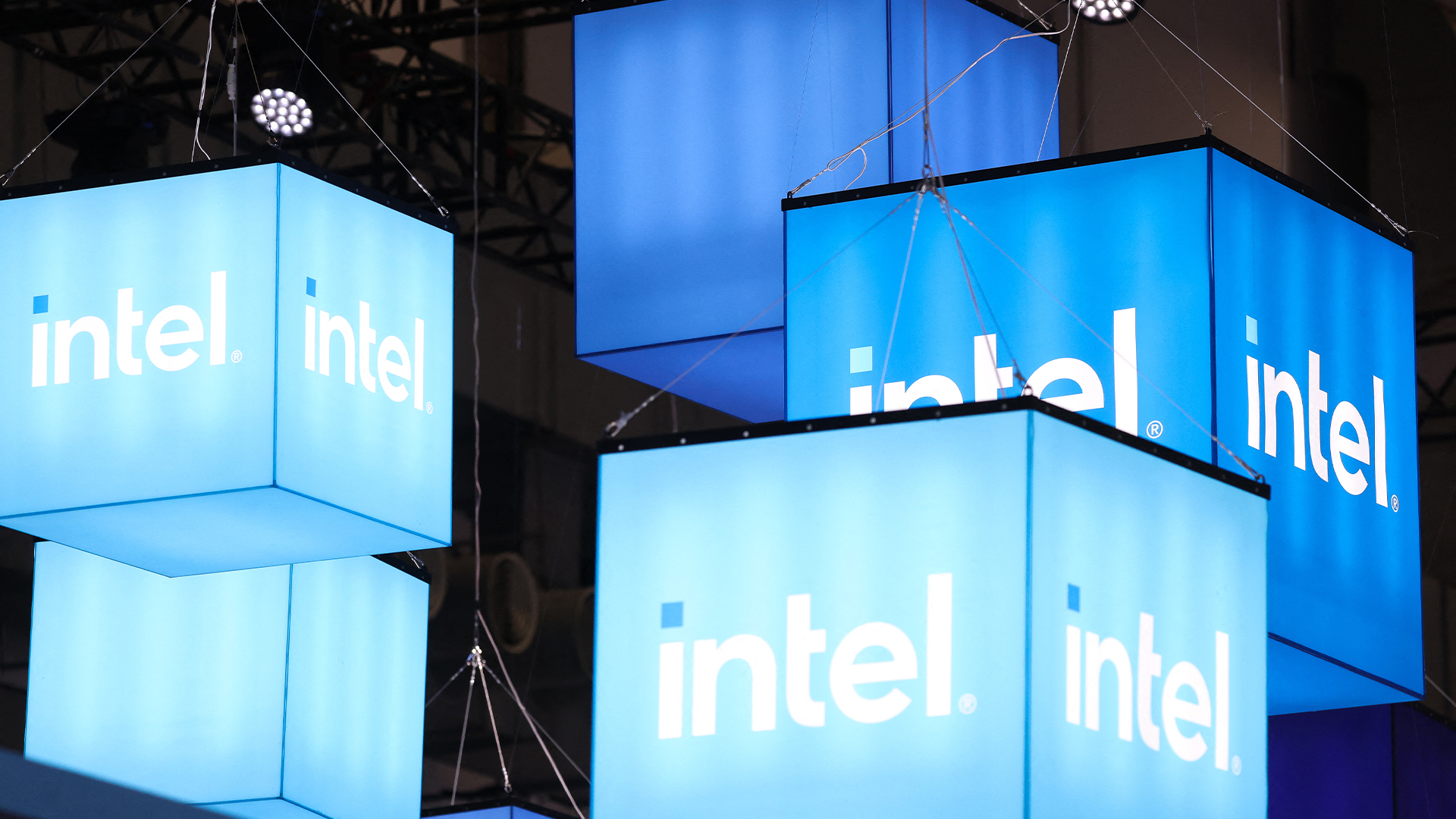 The gloves are off at Intel as new CEO plots major strategy shift
The gloves are off at Intel as new CEO plots major strategy shiftNews Intel’s incoming CEO has some big plans for the firm’s business strategy, sources familiar with the matter have told Reuters, with more job cuts looming on the horizon.
By George Fitzmaurice Published
-
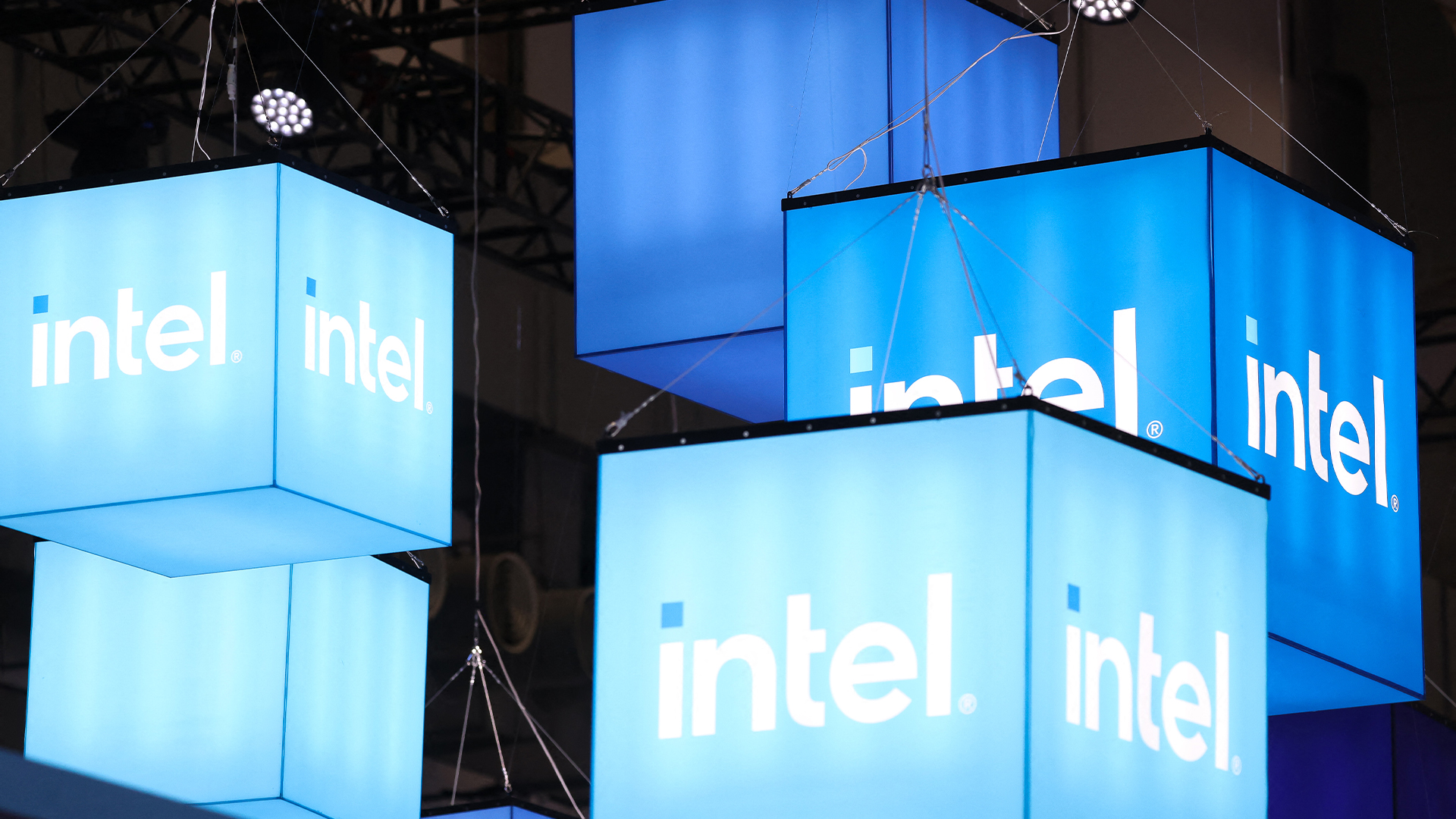 Intel just won a 15-year legal battle against EU
Intel just won a 15-year legal battle against EUNews Ruled to have engaged in anti-competitive practices back in 2009, Intel has finally succeeded in overturning a record fine
By Emma Woollacott Published
-
 AMD and Intel’s new x86 advisory group looks to tackle Arm, but will it succeed?
AMD and Intel’s new x86 advisory group looks to tackle Arm, but will it succeed?News The pair will look to make x86 CPU architecture more interoperable
By George Fitzmaurice Published
-
 Why the world is about to be swamped with AI PCs
Why the world is about to be swamped with AI PCsNews With adoption rates set to surge, AI PCs will become far more mainstream in years to come
By Nicole Kobie Published
-
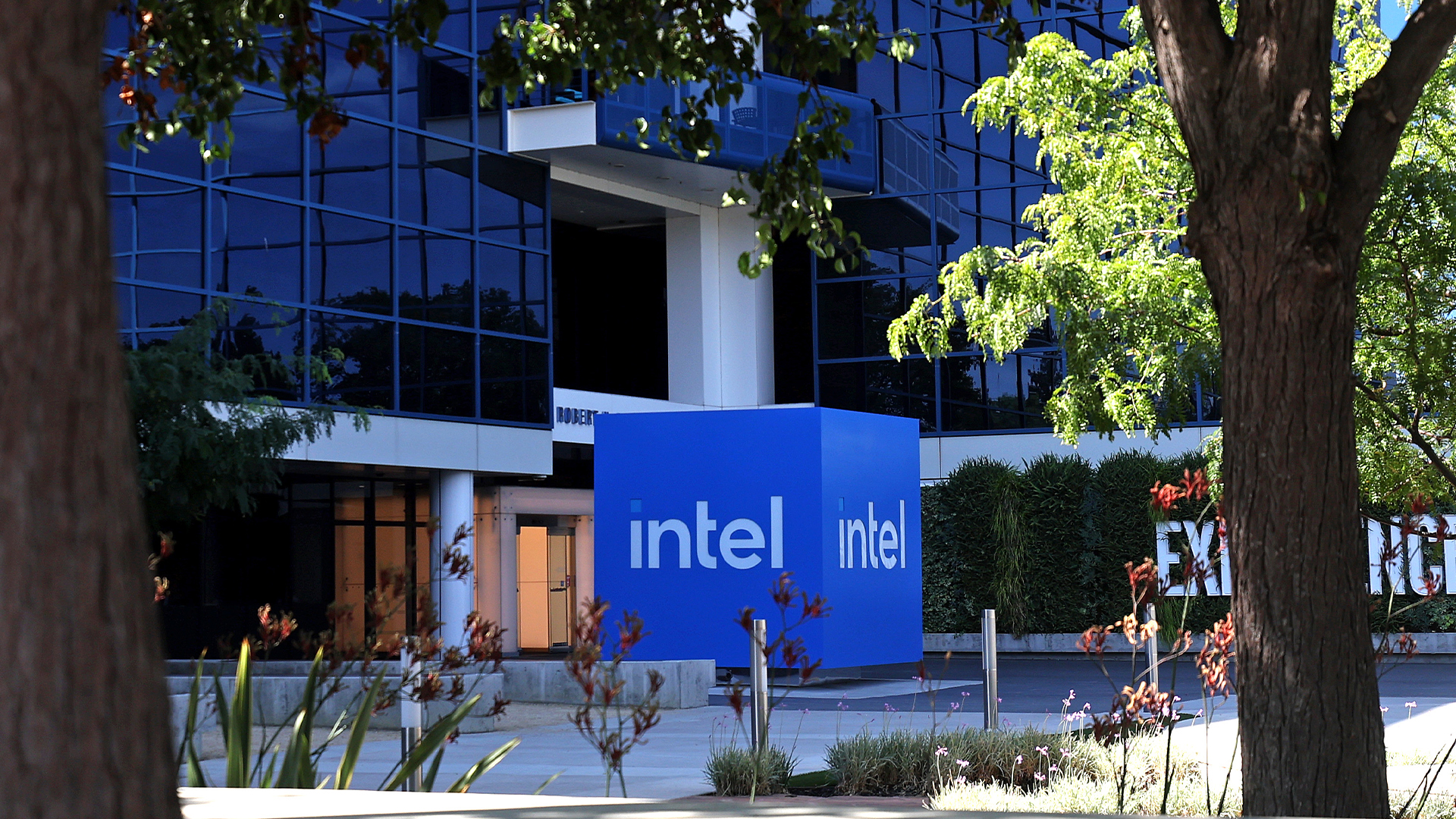 Intel needs to “get its story right” to turn things around and capitalize on the AI boom
Intel needs to “get its story right” to turn things around and capitalize on the AI boomAnalysis Intel has entered a period of uncertainty after announcing restructuring plans and a huge round of layoffs
By George Fitzmaurice Published
-
 How monitors deepen your employee experience and support your distributed workforce
How monitors deepen your employee experience and support your distributed workforcewhitepaper Drive business outcomes by empowering, enabling, and inspiring employees with the right monitors wherever they work from
By ITPro Published
-
 Forrester: Power up your hybrid workplace with monitors
Forrester: Power up your hybrid workplace with monitorswhitepaper Evolve remote work policies into work-and-learn-from-anywhere strategies
By ITPro Published
-
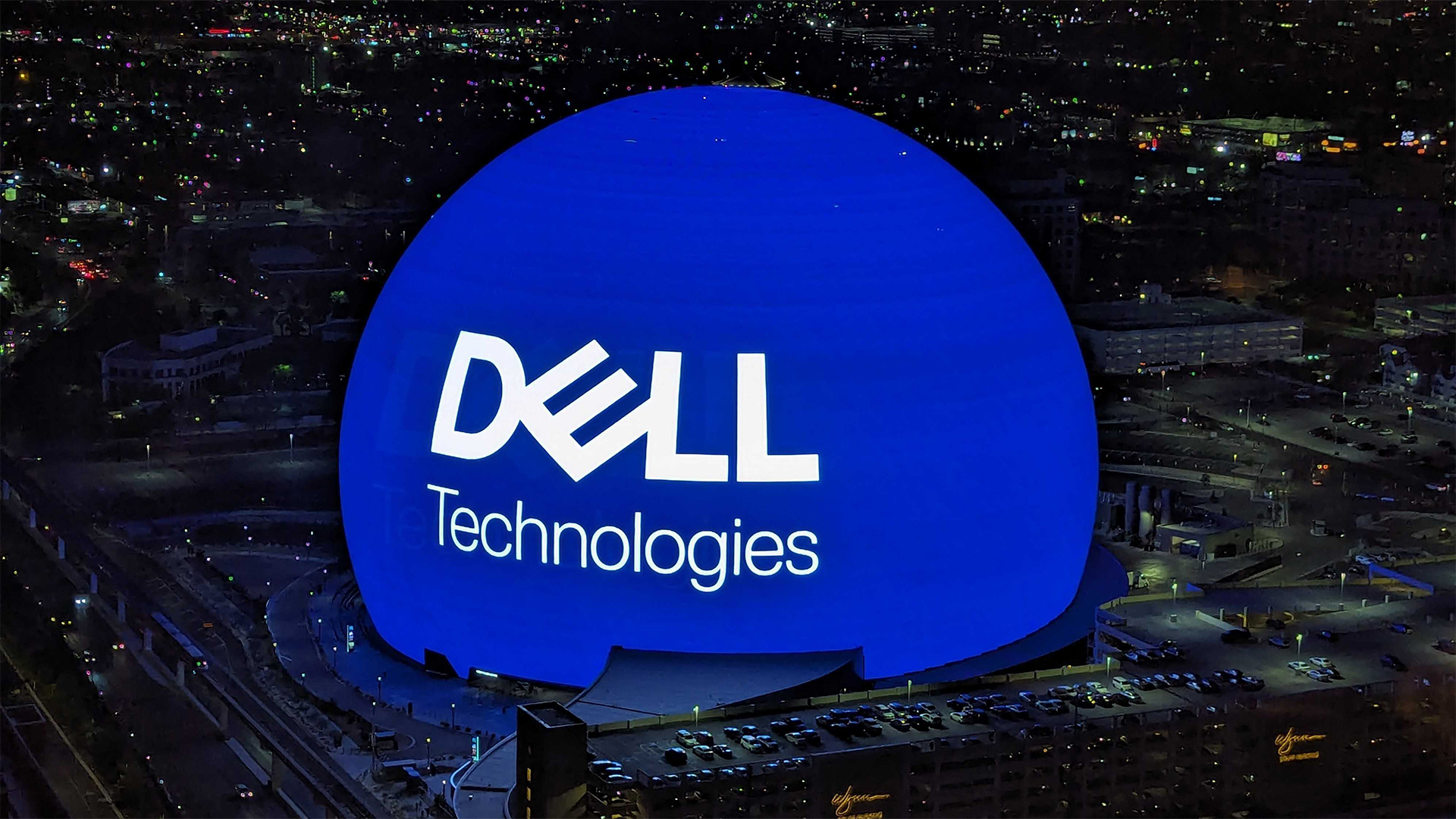 Driving employee experience and productivity across industries
Driving employee experience and productivity across industrieswhitepaper Monitors are an imperative in the hybrid era
By ITPro Published